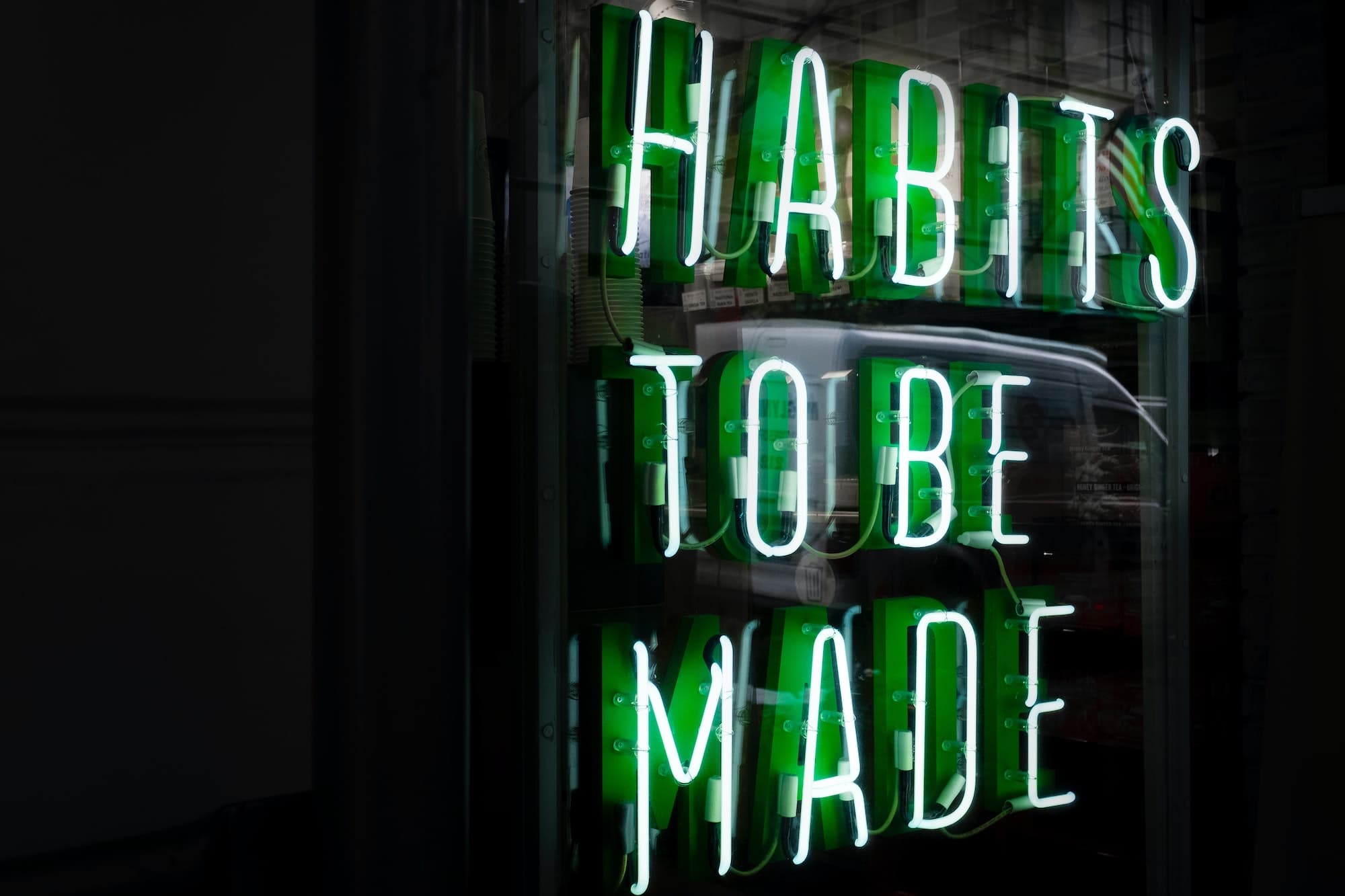This weekend, I spent a huge amount of time reading—ah, my favorite thing to do. One book I read was the Letters of James Agee to Father Flye. (I just read Agee’s A Death in the Family, and loved it, so wanted to more of his work.)
Because I’m writing my book about habits—Better Than Before—these days, everything I read or hear makes me think about habits, and reading this book was no different. I was struck by something that Agee wrote, in February 1951, when he was about 41 years old.
He’d had serious heart trouble, and had been hospitalized, and had been told by doctors that he needed to cut back on drinking and smoking.
Agree wrote:
I am depressed because whether I am to live a very short time or relatively longer time depends…on whether or not I can learn to be the kind of person I am not and have always detested.
And indeed, Agee didn’t cut back on the drinking and smoking, and died of a heart attack, at age 45, in a taxi on his way to see a doctor.
In Better Than Before, I talk about the strategies we can use to change our habits, and Agree alludes to the strategy that took me longest to recognize: the Strategy of Identity.
When people find it hard to change a habit, when they keep trying and failing, often an issue of identity is involved.
Our idea of “this is the kind of person I am” is so bound up in our habits and actions that it can be hard to see. But our sense of identity can make it easier or harder to change a habit.
Often, habits can’t change until identity changes. For instance, a person identifies as the fun one, the one who says “yes” to everything—but also wants to cut back on drinking. A person identifies as a workaholic, but then wants to work reasonable hours. The identity is incompatible with the change in habits.
James Agee liked to drink and smoke, certainly—but he also considered himself that kind of person. So to change his habits, he had both to stop drinking and smoking, and also “learn to be the kind of person he was not.” But, he wrote, he detests that kind of person! No wonder it was hard for him to change. Change meant fundamentally altering himself to become the kind of person he’d always detested.
In Oscar Wilde’s novel The Picture of Dorian Gray, a character says, “One regrets the loss even of one’s worst habits. Perhaps one regrets them the most. They are such an essential part of one’s personality.”
Over and over, I’ve seen, that to change a habit, sometimes people have to grapple with a fundamental shift in their identity. A while back, a commenter here summed this up perfectly: “Food and eating used to play a big part in my identity, until I realized that my baking and being a ‘baker’ was resulting in being overweight. So I had to let that identity go.”
It can be exciting, but also painful or sad, to relinquish an identity. Sometimes it’s necessary, to allow important changes to occur. The more aware we are of a clash between the identity we have and the habits we seek, the more we can shape our actions to reflect our true values.
Have you ever had to re-think an aspect of your identity, in order to make an important change? It’s a lot more subtle and challenging than it sounds, at least in my experience.




